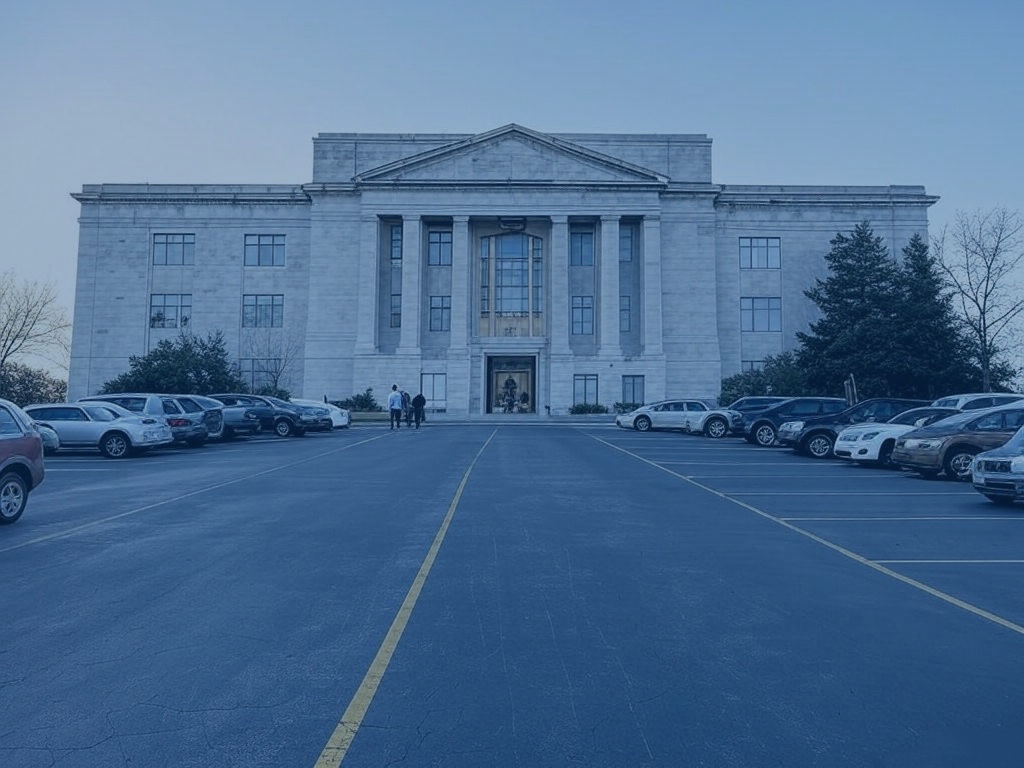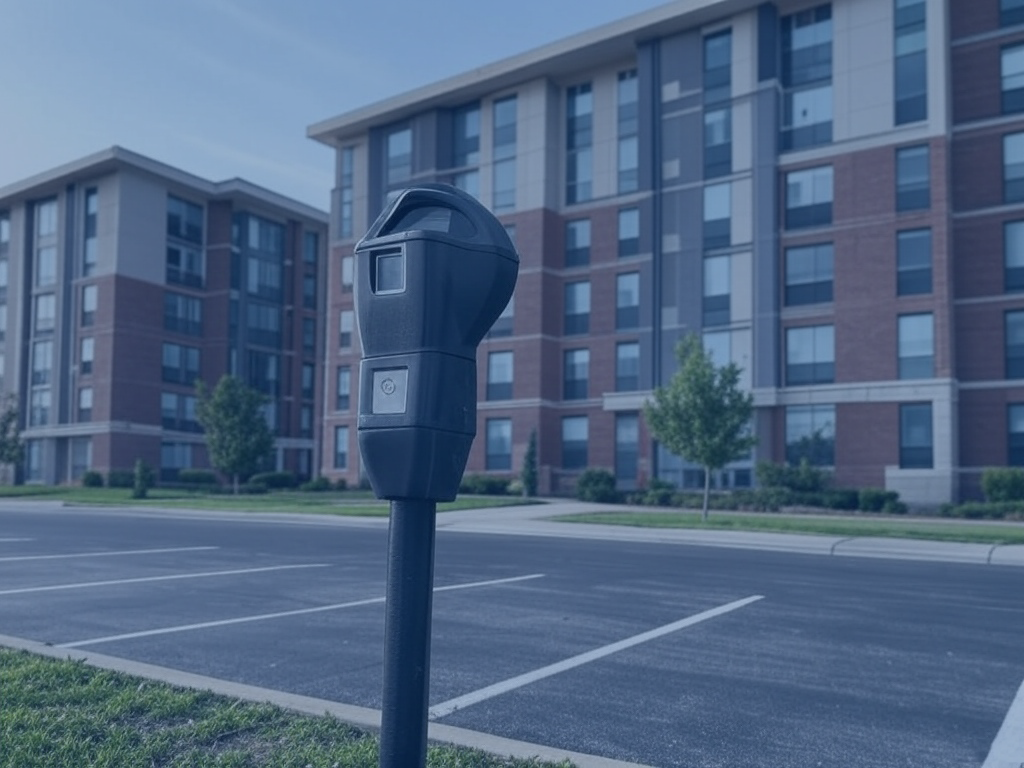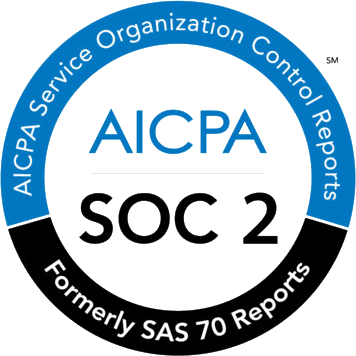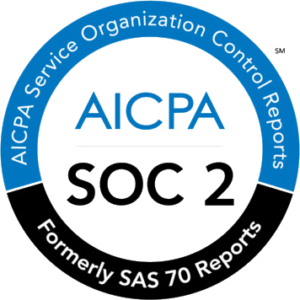In early 2025, the federal government issued a sweeping Return-to-Office (RTO) order, requiring federal employees to resume full-time, in-person work after years of remote and hybrid arrangements. This sudden shift has placed immense pressure on workplace infrastructure, particularly parking facilities, as thousands of employees commute daily to federal offices that were not designed to accommodate pre-pandemic-level traffic.
Many government buildings, especially in Washington D.C. and other urban centers, are now facing severe parking shortages, increased congestion, and employee frustration. This situation highlights the urgent need for smart parking solutions to optimize space, streamline access, and improve the daily commute experience. In the following sections, we’ll explore how smart parking software could alleviate the RTO parking crisis.
Table of Contents
ToggleFederal Employees Return to Office: The Shift and Its Impact
The transition back to the office is significant for federal employees. With the Federal Return-To-Office (RTO) Mandate, the government’s workforce must adapt once again, shifting from remote work back to in-person roles. This shift is outlined on the White House’s official site.
Parking Challenges
Returning to the office introduces a notable challenge: parking. As employees report back to the office, parking issues become increasingly evident:
- Increased Commuting: More employees now use private cars, as reported by The Spokesman-Review and The Financial Times, leading to busier roads and higher parking demand.
- Strained Infrastructure: Federal office parking facilities, originally designed for a more staggered workforce, are now struggling to accommodate a full daily influx of workers. For instance, the Washington Navy Yard has 17,000 employees vying for just 4,400 parking spaces.
These challenges test the capacity of parking infrastructure, impacting both daily operations and employee satisfaction.
The Impact on Employee Experience
A packed parking lot is not the picture of a smooth office return. Struggling to find a parking spot before a busy workday negatively affects employees’ mood and productivity. It’s a frustrating experience that can set a negative tone for the entire day.
While some might dismiss these concerns as minor, parking difficulties can significantly impact employee satisfaction. Efficiently managed parking facilities can help create a more positive, less stressful start to the workday.
Operational Challenges for Facility Managers
The pressure doesn’t fall solely on employees. Facility managers also face increased operational complexities, including enforcing parking rules, managing permits, and resolving disputes. The sudden surge in parking demand adds to their already demanding workload.
Smart parking software offers a potential solution by streamlining these tasks and providing better oversight of parking operations. This technology can ease the burden on managers and contribute to a smoother experience for federal employees.
The Parking Crunch: A Major Challenge for Federal RTO
As federal employees return to their offices, the parking crunch has become a significant issue. The challenge stems from a substantial increase in parking demand while supply remains static.
The transition back to the workplace has driven many employees to use personal vehicles, opting for comfort and safety. However, parking infrastructure has not evolved at the same pace as this shift in commuting patterns. This disparity leads to traffic congestion, wasted time searching for parking, and increased frustration among employees, which may further contribute to the anticipated increase in turnover
Parking shortages impact more than just the daily commute. Employees arriving late due to parking delays may miss meetings or start the day with heightened stress levels. Facility managers, meanwhile, must contend with overcrowded lots and frustrated workers.
Introducing smart parking solutions can help bridge the gap between supply and demand, creating a more manageable and less stressful commuting experience.
How Smart Parking Software Can Fix the Federal RTO Parking Crisis
1. Optimizing Real-Time Parking Management
Real-time parking management is at the core of smart parking solutions. With dynamic monitoring capabilities, these systems track available and occupied spaces in real-time, offering several benefits:
- Dynamic Monitoring: Sensors and software provide live data on parking availability, ensuring that every available spot is used efficiently.
- Employee Benefits: Reduces the time employees spend searching for parking spaces, leading to less stress and higher productivity.
- Manager Insights: Facility managers can access reports on parking patterns, enabling data-driven decisions to optimize space utilization. For example, managers can forecast demand based on historical data and adjust work schedules accordingly to avoid parking shortages.
By leveraging real-time information, offices can transition from reactive to proactive parking management, improving employee satisfaction and operational efficiency.
2. The Advantage of Reservation Systems
Parking reservation systems bring order to what is often a chaotic and inefficient process. Smart parking software enables employees to book their parking spots ahead of time, providing several key advantages:
- Advance Booking: Employees can reserve parking spots through a user-friendly app, reducing the uncertainty of finding a space upon arrival.
- Chaos Prevention: Last-minute scrambles and traffic congestion become less frequent when employees know exactly where they will park.
- Fair Allocation: The system ensures equitable access to parking spots, especially when demand is high. Rules can be set to prioritize certain users, such as employees with disabilities or those who need to park for official meetings.
Implementing reservation systems can transform parking lots from stress-inducing spaces into well-organized assets.
3. Leveraging Data-Driven Insights
Federal offices generate significant amounts of data, and parking is no exception. Smart parking software uses this data to identify trends and optimize operations:
- Usage Analytics: Tracks patterns such as peak parking times, duration of parking, and overall utilization.
- Strategic Improvements: Based on the analytics, managers can implement solutions like staggered work schedules to balance parking demand throughout the day.
- Continuous Optimization: Ongoing monitoring helps identify and address potential inefficiencies, ensuring that parking resources are consistently used effectively.
By acting on these insights, federal offices can minimize parking-related disruptions and improve workplace experience.
4. Integration with Workplace Apps
A significant advantage of modern smart parking software is its compatibility with existing workplace tools. Seamless integration with calendars, scheduling apps, and communication platforms enhances convenience:
- Calendar Integration: Employees can reserve parking alongside booking meeting rooms, simplifying the planning process.
- Unified User Experience: The software works within familiar platforms like Outlook and Google Calendar, reducing the need for additional training.
- Automated Notifications: Employees receive updates about their reservations, available spaces, and potential disruptions, enhancing communication and reducing confusion.
These integrations foster a more cohesive and user-friendly parking management system.
Smart Parking in Action: Real-World Use Cases
Wayleadr implemented its parking management solution for Sanofi, a global healthcare company with over 100,000 employees. The case study highlights how Wayleadr helped Sanofi address parking challenges and achieve significant cost savings.
Key Challenges and Solutions
Sanofi faced high parking demand and inefficient space utilization across its offices. The company was spending €80-€100 per month for each off-site parking space. Wayleadr’s solution allowed Sanofi to:
- Implement a fair and transparent parking management system
- Reduce the number of leased off-site parking spaces
- Manage EV charging spaces effectively
Implementation and Features
- Numbered parking spaces and employee grouping based on privileges
- Mobile app for easy space reservation
- Day-before notifications for space availability
- Management of 8 EV charging spaces in Barcelona and Madrid
Results and Benefits
- Six-figure annual savings by eliminating the need for nearly 100 off-site parking spaces
- Improved employee experience with a fair and transparent system
- Optimized utilization of parking facilities, including EV charging stations
- Enhanced sustainability efforts through efficient EV charger rotation
Future-Proofing Federal Office Parking with Technology
Office parking is poised for a technological transformation. Embracing IoT and automation can help federal agencies future-proof their parking infrastructure.
The Role of IoT and Automation
- IoT Monitoring: IoT technology plays a crucial role in modern parking management by providing real-time insights into space availability. Sensors installed in parking facilities continuously monitor occupancy and transmit data to centralized platforms, allowing employees to find spaces via apps or dashboards and reducing time spent searching.
- Automated Processes: Automation software enhances operational efficiency by dynamically allocating parking spaces based on predefined rules and real-time conditions. This minimizes manual oversight and reduces bottlenecks, with spaces automatically reserved for visitors or adjusted during peak hours. We’ve previously touched on these systems in a previous blog
Adapting to Hybrid Work Models
- Flexible Parking Management: Hybrid work models have introduced fluctuating in-office attendance, making static parking systems obsolete. Modern parking solutions address this challenge with adaptive scheduling features that accommodate employees’ variable work patterns.
- Prevention of Chaos: Automated systems integrate with calendar tools and provide real-time guidance to maintain smooth operations, preventing congestion even during unexpected schedule shifts.
Investing in Scalable Solutions
- Scalable Systems: Scalable parking management systems are designed to expand alongside company growth, whether by adding sensors or integrating with new software platforms.
- Long-Term Benefits: Investing in these systems increases productivity and satisfaction by reducing the time and stress associated with parking while providing data-driven insights for future planning.
Conclusion
The federal RTO mandate has introduced logistical challenges across government offices, with parking shortages standing out as a significant concern. Smart parking software offers a viable, efficient solution to these challenges. By optimizing space usage, streamlining reservations, and providing actionable insights, these systems can ease parking-related frustrations and support a smoother transition back to in-office work. Investing in smart parking solutions today will help future-proof federal office infrastructure for years to come.











